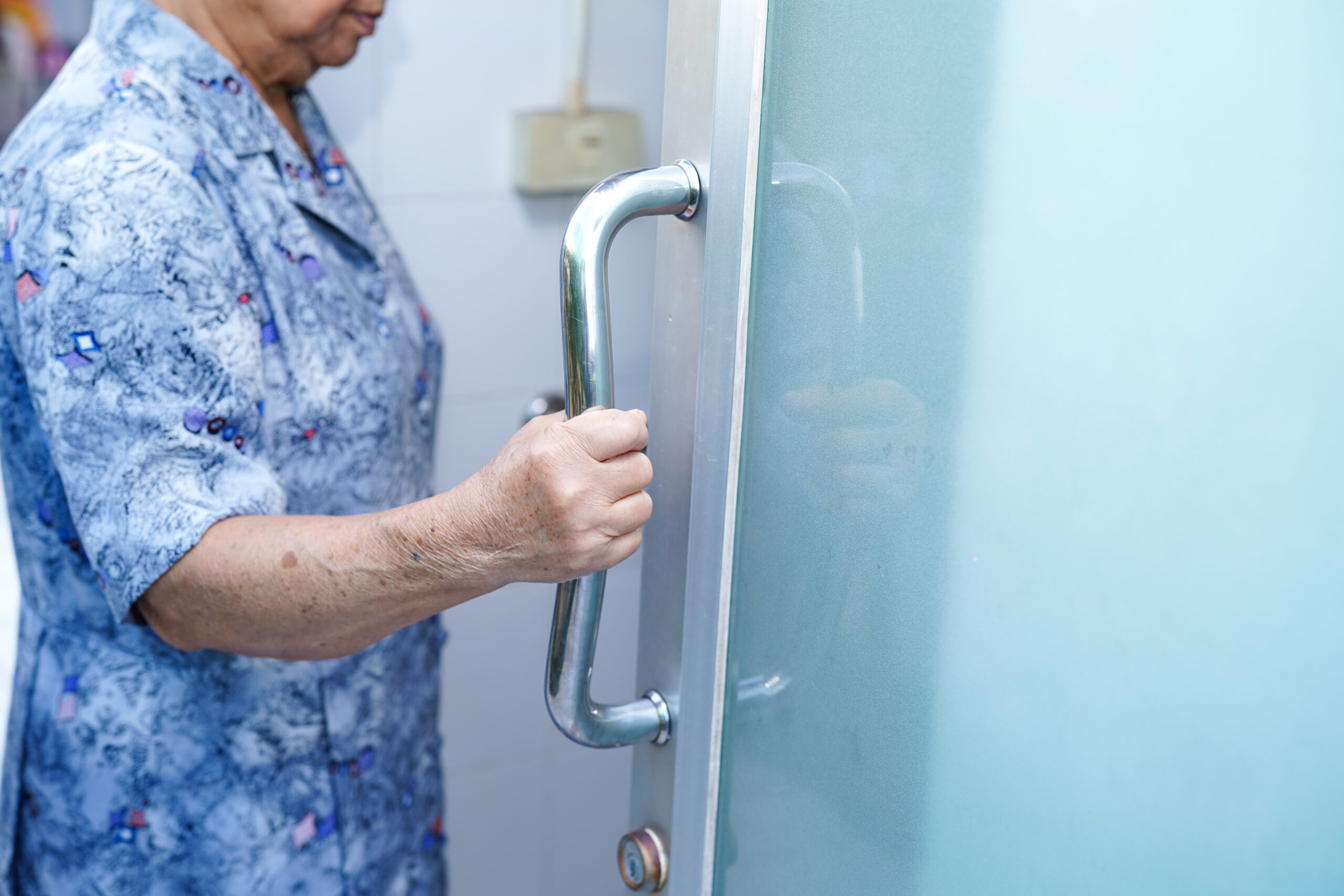Safety First: Fall Prevention Strategies for Home Health Aides
Safety First: Fall Prevention Strategies for Home Health Aides
When it comes to caring for elderly patients at home, safety is paramount. One of the most significant risks they face is falling, which can lead to serious injuries and even life-threatening conditions. Home Health Aides play a crucial role in preventing these accidents by implementing effective strategies that combine home modifications, personalized care plans, and patient education.
### Understanding the Risks
Falls are common among the elderly due to factors like weakened muscles, poor balance, and medication side effects. Home Health Aides must be aware of these risks and take proactive steps to mitigate them. This includes conducting regular risk assessments to identify potential hazards in the home environment.
### Home Modifications
Creating a safe home environment is key to fall prevention. Here are some essential modifications:
– **Remove Hazards**: Clear floors of loose rugs, cords, and clutter. These items can easily cause tripping and are often overlooked.
– **Install Safety Features**: Add grab bars in bathrooms and near stairs, and use non-slip mats in areas prone to moisture like the bathroom and kitchen.
– **Improve Lighting**: Ensure that all areas of the home are well-lit, especially hallways and stairways. Nightlights can be particularly helpful for nighttime navigation.
– **Secure Stairs**: Fix any loose steps, reattach torn carpet, and install handrails on both sides of the stairs.
### Personalized Care Plans
Each patient has unique needs and challenges. Home Health Aides should develop personalized care plans that include:
– **Exercise and Physical Activity**: Encourage patients to engage in exercises that improve balance and strength, such as yoga or tai chi.
– **Medication Management**: Help patients manage their medications effectively to avoid side effects that could increase the risk of falls.
### Patient Education and Communication
Educating patients about fall risks and how to prevent them is vital. Home Health Aides should:
– **Communicate Effectively**: Engage with patients to understand their mobility challenges and involve them in safety planning.
– **Document Incidents**: Keep a record of any falls or near-falls to identify recurring hazards and adjust safety strategies accordingly.
By combining these strategies, Home Health Aides can significantly reduce the risk of falls among elderly patients, ensuring a safer and more comfortable living environment.





